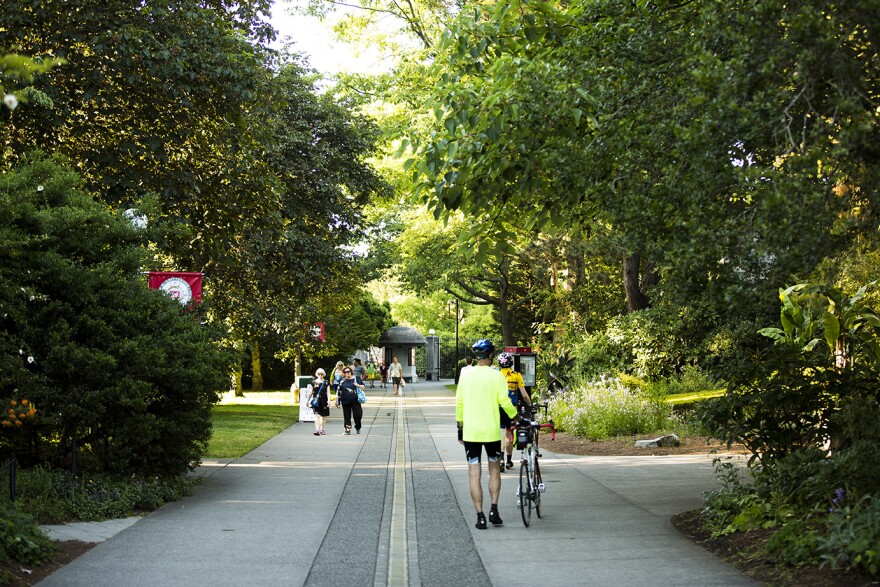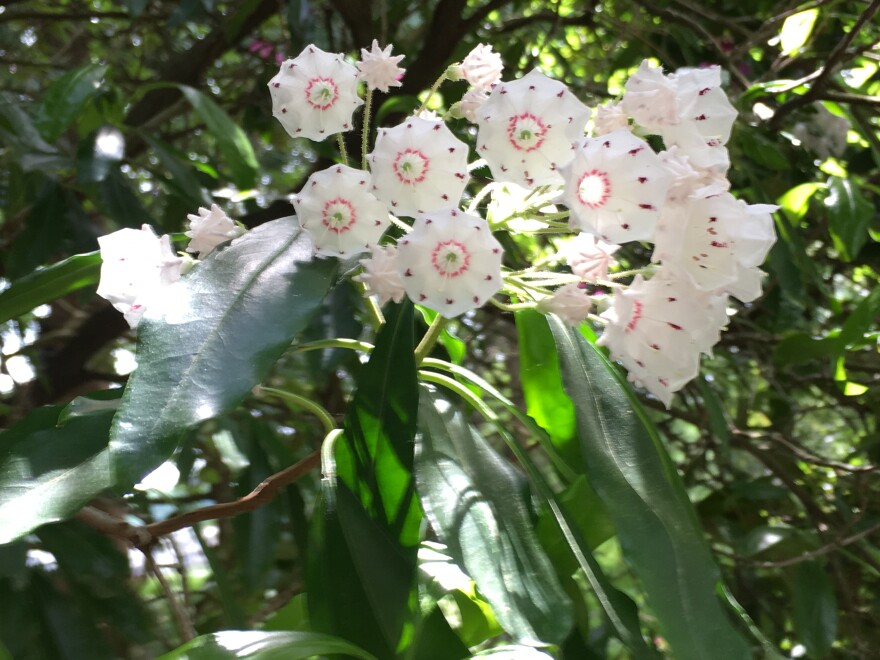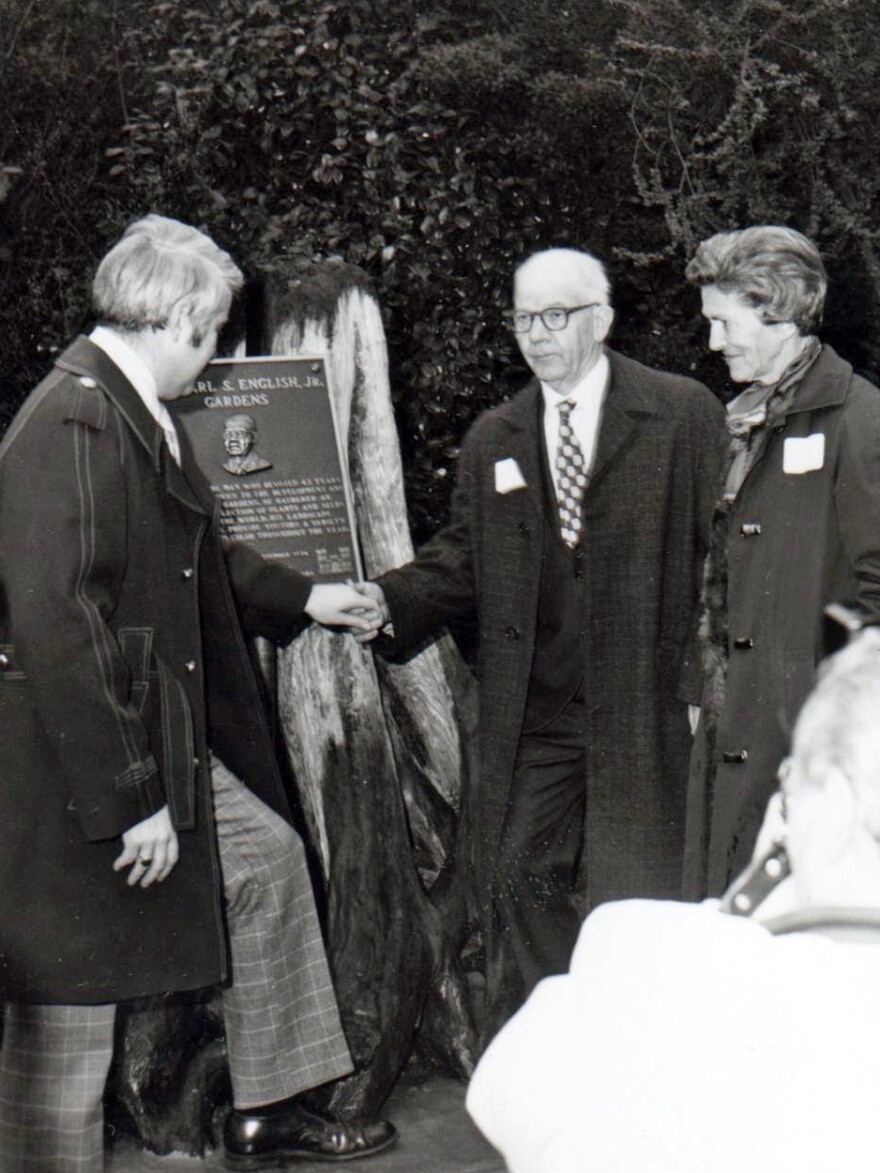Most U.S. Army Corps projects don't include the kind of horticultural splendors seen at the Carl S. English Botanical Garden at the Ballard Locks.
"That's the neat thing about this place. Anywhere you look at all times of the year, there will be something blooming or something coloring a nice way, and Carl did that on purpose," said gardener Steve Munro.
Munro took KNKX on a tour of the gardens. Listen to how Seattle came to have this oasis within the city.
In a letter from 1915, Assistant Engineer and Construction Supervisor Arthur Sargent submitted plans for the grounds of the locks project that included a winding driveway, fences, trees and shrubs. Sargent asked the Seattle Parks Board to supply the initial plants so "the grounds can be made one of the most attractive spots in Seattle."

No one had more impact on what you see in the gardens today than Carl S. English, Jr. English was hired by the Army Corps as a gardener's helper in 1931 before becoming the main gardener. His job was to mow the grass and trim shrubs, but he also propagated seeds he and his wife collected from around the world.

Today, classes regularly visit the gardens to explore the rare and unusual plants and learn about English's work. Although he was hired as a gardener, English graduated from what was then Washington State College as a trained botanist. He had ambitious goals for the garden, wanting it to be beautiful, but also a "garden worthy of serious interest and study."


English experimented with where to plant different species. He often made use of the radiated heat from buildings when planting seeds from drier climates. Because the buildings at the locks were "over-engineered and over-built," according to gardener Steve Munro, the roots of trees like the pines above haven't affected building foundations.

Many of the trees English planted himself, known affectionately as "Carl trees," can be found throughout the garden. The dawn redwood came from a seed given to English from a Harvard expedition to China in 1948. English was one of the first people in the United States to grow the seed.

The botanical garden includes rare species as well as plants that don't typically grow in the Pacific Northwest. The Kalmia angustifolia or sheep laurel is an evergreen shrub commonly found in the southern United States. English wanted to make sure something was blooming in the garden at all times of the year.

While they are now commonly seen surrounding car lots and strip malls, English is the person who introduced the Chinese windmill palm to the Northwest. In the 1950s, people were excited to see that a palm tree could grow here. English was happy to share both his knowledge and his plants. He would often leave a plant grown from a seed he'd collected for neighbors living near the locks.

English retired in 1974. At that time, a ceremony was held to officially name the gardens after the longtime gardener. He died of a heart attack in 1976 during a visit to the garden.







